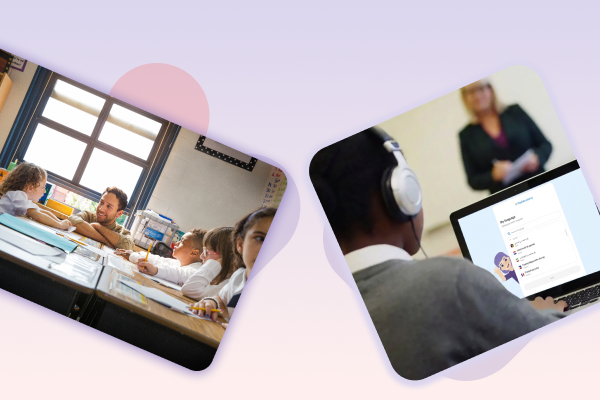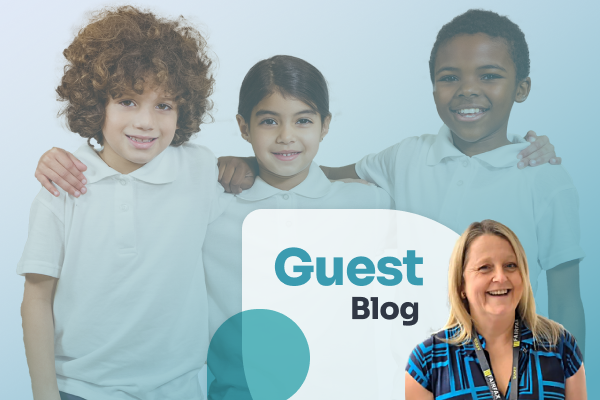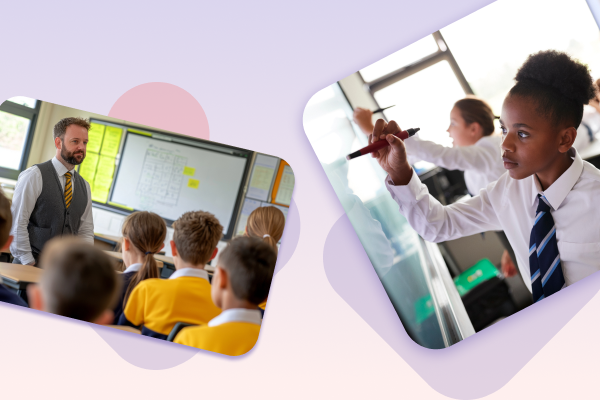

Teachers and school staff in England are welcoming back more children this week, but there is a significant change to how things usually work. Desks have been moved further apart and two-metre markers have been created in playgrounds. Adhering to social distancing guidelines is crucial for pupils to stay safe; mental health and pupil wellbeing is paramount.
Place2Be, a children’s mental health charity, has put together some great resources for both primary and secondary pupils returning to school. How else can we prepare pupils, especially EAL learners, who are returning to school to understand the ‘new normal’ but also reduce the impact this may have on their wellbeing?
Understanding healthy behaviour
Children in KS1 generally have a good understanding of healthy behaviour. It is important to encourage handwashing and other actions that will help stop the spread of germs. However, KS1 pupils may struggle to understand things that they cannot picture.
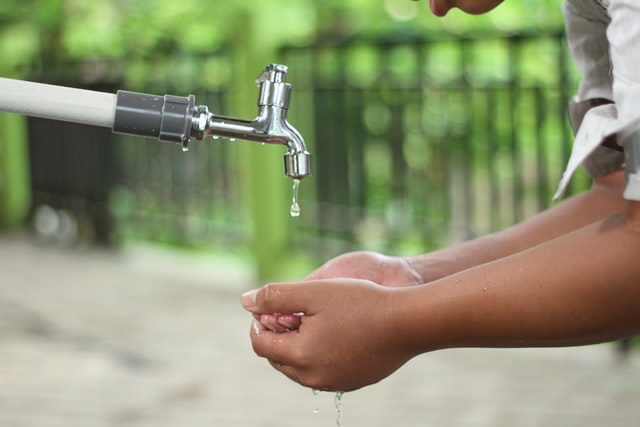
Visuals are the absolute key to getting this message across, especially for EAL learners who may struggle to understand the language demands of the activity. Make sure to put up posters around the classroom and create a series of photographs or a comic strip for each pupil to keep. We’ve created a free Wash Your Hands poster, which you can download here.
Alternatives to physical reassurance
Social distancing has now been in place for around eleven weeks. To young children, this is still very much a strange concept, and they may struggle to comprehend that this behaviour must be practiced at school. Some may become upset that they cannot hug and play with their friends like before, especially when they have not seen each other for a long time. It can then cause further upset when a child cannot turn to a trusted adult for physical reassurance.
As with visuals for healthy behaviour, try using visuals to show your pupils that you have them in mind. To replicate calming spaces, you could play soft music, set colouring activities and encourage pupils to write down their feelings in a doodle pad. Do bear in mind, however, that classroom materials should be kept to small ‘bubbles’ of children, to prevent cross-contamination.
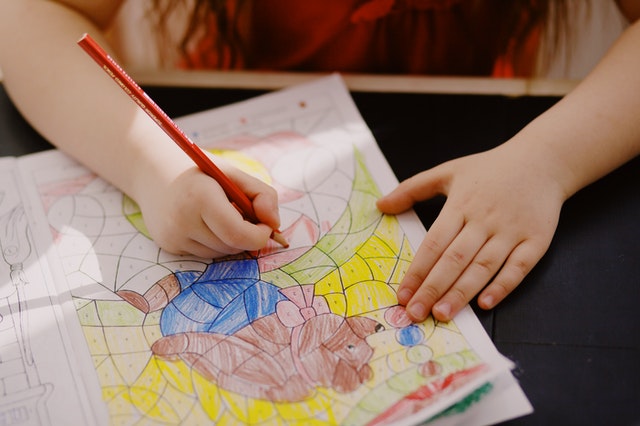
Verbally expressing emotion
Children in KS2 generally have a better understanding of time and awareness of illness, although frequent reminders on hygiene and social distancing will be needed. Whilst they can vocalise physical symptoms, they are still working on verbalising distress and other emotions.
Practising mindfulness in the classroom is a great way for children to express their feelings. We’ve created a free mindfulness resource, which you can download here. Its comprehension text and multiple activity ideas will help pupils, especially EAL learners, to learn the vocabulary when talking about how they feel. You may also want to try our Wheel of Emotions resource, which is especially useful for EAL and SEND learners when expressing their emotions in different situations.
EAL learners outside these year groups who are continuing their home learning may feel added distress over not returning to school. Mindheart’s COVIBOOK is a great resource, as it offers reassurance in multiple languages and encourages families to discuss their emotions.
We’d be grateful to hear your ideas on reintegrating more pupils into the classroom with social distancing in place. Follow and tweet us @FlashAcademy_HQ
